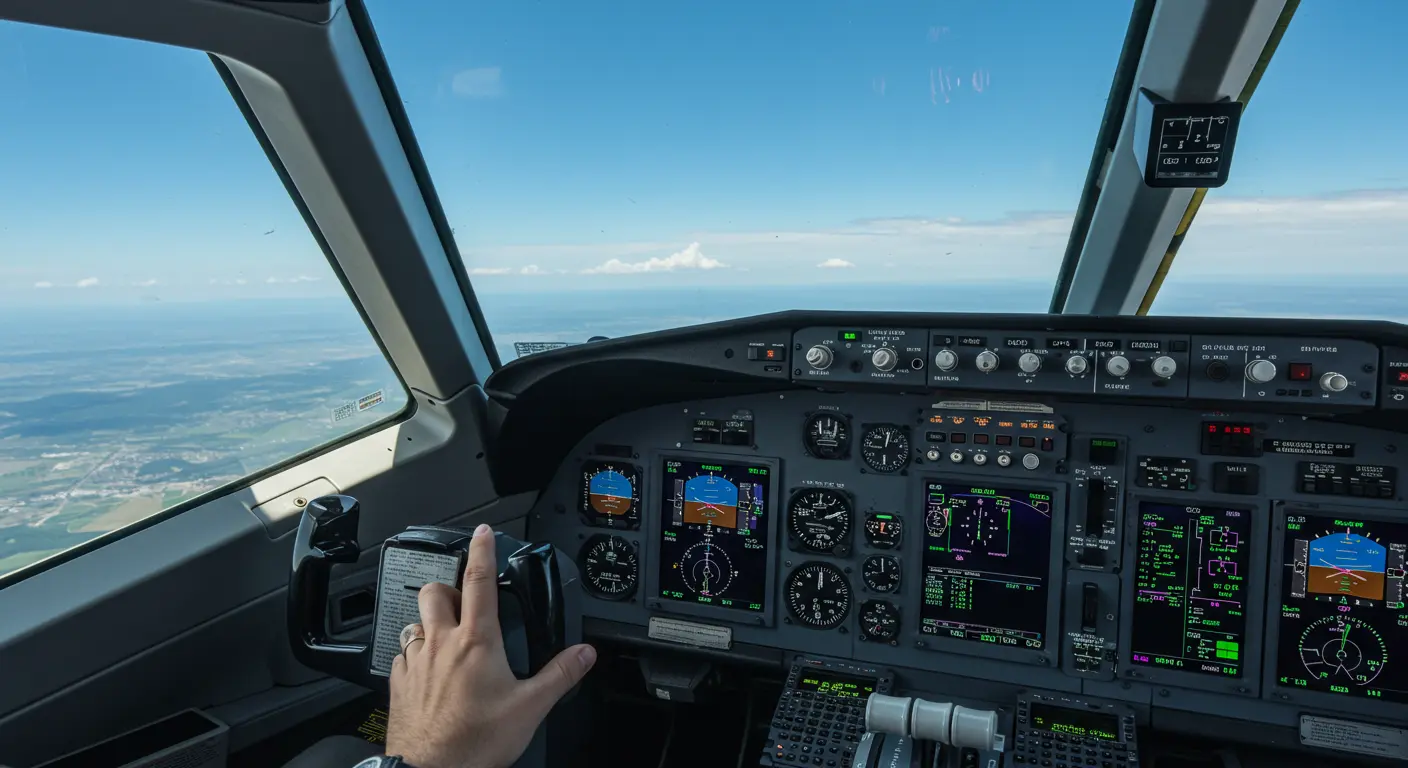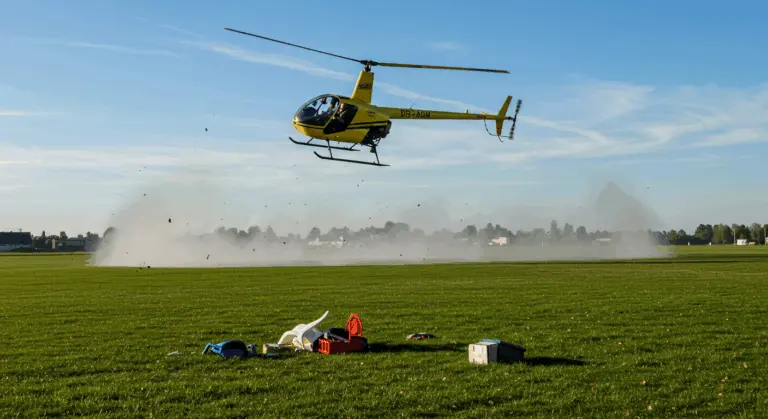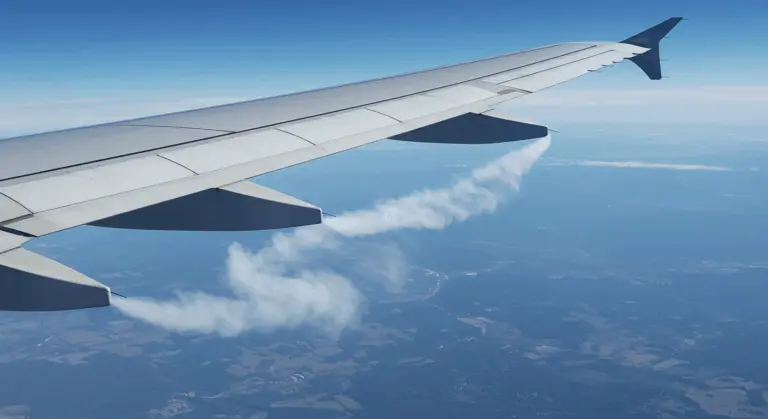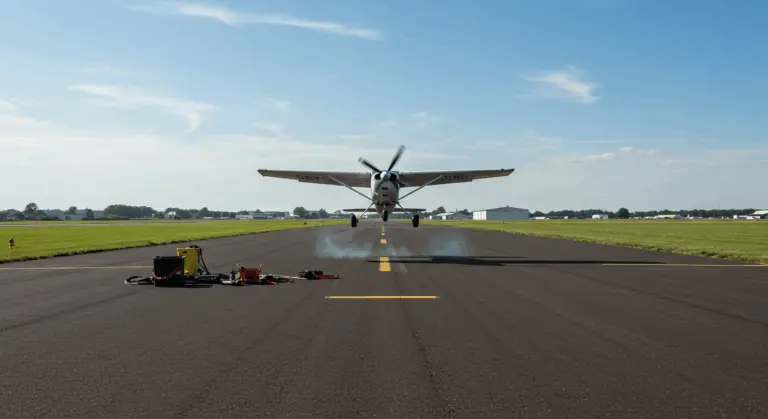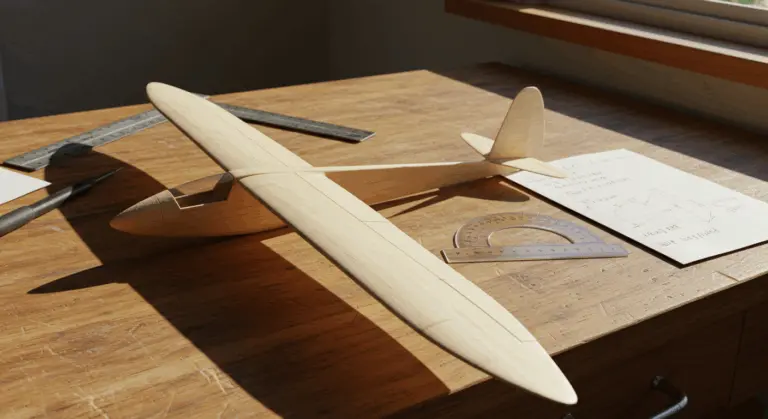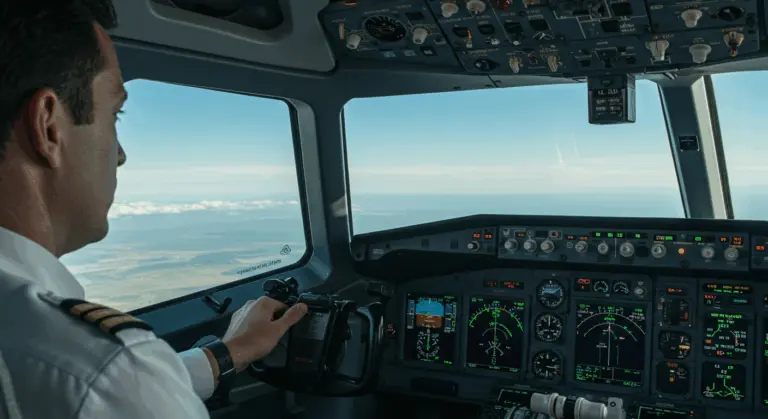Understanding Accelerated Stall in Aviation
What is an Accelerated Stall?
An accelerated stall represents a critical aerodynamic phenomenon where an aircraft stalls at an airspeed significantly higher than its normal 1G stall speed. What makes this so dangerous? Unlike conventional stalls that develop during slow flight, accelerated stalls can strike at any speed when the aircraft experiences increased load factors—the G-forces that stress both aircraft and pilot.
The cause is straightforward: exceeding the wing’s critical angle of attack while under increased load. This typically manifests during abrupt maneuvers or steep turns when a pilot applies excessive back pressure. What makes accelerated stalls especially dangerous—they develop very quickly and minimal warning, often catching even experienced pilots off guard.
Consider a steep turn scenario. The wings must generate substantially more total lift to maintain altitude, dramatically increasing wing loading. In these conditions, the wing can reach its critical angle of attack at speeds far exceeding the aircraft’s normal stall speed. The stall may also occur at a deceptively lower pitch attitude than expected, making recognition challenging.
These stalls occur suddenly and violently. They’re often more severe than their conventional counterparts, potentially causing rapid wing drop and catastrophic altitude loss if recovery isn’t initiated immediately.
Causes of Accelerated Stall
Three main factors cause accelerated stalls: increased load factors, abrupt control inputs, and specific flight configurations that create conditions that lead to aerodynamic failure.
Increased load factor is the main cause. During aggressive maneuvers—steep turns, sharp pull-ups—the wings must generate much more lift to counteract higher loads. This demands a steeper angle of attack. Exceed that critical point, and a stall occurs, even at high airspeed.
Abrupt control inputs, particularly rapid back pressure on the elevator, can push the angle of attack past its critical limit very quickly. This becomes especially treacherous in banked turns, where pilots instinctively pull back to maintain altitude—inadvertently triggering the very stall they’re trying to avoid.
The reduced margin for error at higher speeds compounds the danger. Since these stalls can occur at any airspeed above normal stall speed, pilots have precious little time to react. Additionally, stall warning systems—calibrated for 1G flight—may remain ominously silent until it’s too late.
Environmental factors like turbulence or wind shear add another layer of complexity. They create sudden, unpredictable changes in relative airflow that can push an aircraft already near its critical angle of attack into a full stall.
Aerodynamics Behind Accelerated Stalls
The aerodynamics of accelerated stalls revolve around the fundamental relationship between angle of attack, lift, and load factor, —a relationship every pilot must understand for safe high-performance flight.
At its core, a stall occurs when the wing exceeds its critical angle of attack, triggering airflow separation over the wing’s upper surface. This separation causes a catastrophic loss of lift. In normal 1G flight, this happens at a predictable airspeed—the aircraft’s published stall speed. But when G-loading is involved, the aerodynamic principles change completely.
The stall speed increases proportionally to the square root of the load factor—a mathematical relationship with serious real-world implications:
Aircraft design profoundly influences accelerated stall characteristics. Wing sweep, aspect ratio, and airfoil shape determine whether a stall develops gradually with gentle buffeting or occurs abruptly. T-tail designs require special consideration—they’re particularly vulnerable to deep stalls if disturbed airflow from the main wing engulfs the horizontal stabilizer.
Boundary layer behavior becomes critical under G-loading. As angle of attack increases, the boundary layer grows increasingly unstable, eventually separating from the wing surface. On swept-wing aircraft, this separation typically begins near the wing root and spreads outward—potentially triggering an asymmetric stall and violent roll tendency.
Recovery Techniques for Accelerated Stalls
Recovering from an accelerated stall demands swift, precise action to minimize altitude loss. The main goal is to Reduce angle of attack immediately to restore smooth airflow over the wing.
-
Reduce Angle of Attack: Immediately decrease back-elevator pressure to lower the angle of attack below its critical value. Due to the higher airspeed, simply relaxing pressure may be sufficient.
-
Maintain Coordinated Flight: Use the rudder to keep the aircraft coordinated. This prevents a spin entry, especially if one wing has stalled more than the other.
-
Correct Bank Angle: Once the wing is installed, roll the wings level. Attempting this before reducing the angle of attack can worsen the stall.
-
Manage Power: Initially, maintain the existing power setting. Once the stall is broken, adjust power as needed to minimize altitude loss.
Effective recovery hinges on prompt recognition—the earlier you catch it, the easier the escape. Pilots must remain vigilant for these critical indicators:
Pilot Training and Accelerated Stalls
Comprehensive accelerated stall training forms the backbone of advanced pilot education. This specialized training arms pilots with the knowledge and reflexes needed to prevent, recognize, and recover from these potentially lethal events.
Flight instructors typically introduce accelerated stall training after students have conquered basic stall recognition and recovery. The progression begins with intensive ground instruction covering aerodynamic principles, causes, and recovery procedures. This theoretical foundation is essential for understanding the maneuver’s complexities.
Practical flight training demands strict safety protocols. Always conducted under qualified instructor supervision at safe altitude—minimum 3,000 feet above ground level—these exercises provide adequate recovery margin. Training scenarios mirror real-world situations where accelerated stalls lurk: steep turns, climbing turns, evasive maneuvers.
During these exercises, instructors demonstrate how excessive back pressure during banked turns can trigger accelerated stalls at airspeeds well above normal stall speed. Students learn to recognize subtle pre-stall cues that differ markedly from unaccelerated stalls: changes in control feel, unique buffet characteristics, warning system behaviors.
Simulator training has greatly improved accelerated stall education, enabling pilots to experience extreme situations without actual risk. Modern flight simulators accurately replicate aircraft aerodynamic behavior in accelerated stall conditions. This provides Realistic training without the inherent dangers of actual flight demonstrations.
Recurrent training is also important. Accelerated stall awareness and recovery skills deteriorate without regular practice. Many commercial and airline programs incorporate periodic accelerated stall scenarios in simulator sessions, maintaining pilot proficiency through consistent exposure.
The main objective is Building the situational awareness necessary to avoid accelerated stalls entirely by understanding the intricate relationship between bank angle, load factor, and stall speed.
Understanding Deep Stalls
Deep stalls are among aviation’s most dangerous aerodynamic conditions—distinct from accelerated stalls yet crucial to understand within the broader stall spectrum. While accelerated stalls result from excessive load factors, deep stalls emerge from specific aerodynamic interactions that can render recovery extremely difficult or utterly impossible.
A deep stall—also called a super stall—occurs when disturbed airflow from the stalled main wing blankets the horizontal stabilizer and elevator. This results in Severely compromised or completely eliminated pitch control authority. This condition proves particularly devastating in T-tail configurations, where the horizontal stabilizer sits directly in the path of the wing’s turbulent wake.
The mechanics create a self-reinforcing aerodynamic prison. As the aircraft stalls, separated airflow from the wings generates a chaotic wake flowing over the tail surfaces. Conventional tail designs typically retain some elevator effectiveness, allowing pilots to push the nose down and recover. In T-tail aircraft, The horizontal stabilizer becomes completely immersed in turbulent, low-energy air, rendering elevators useless regardless of control inputs.
Several factors increase an aircraft’s susceptibility to a deep stall:
-
Aft center of gravity
-
High-mounted engines that can create a pitch-up moment
-
Specific wing sweep designs that direct turbulent air toward the tail
Aviation history bears witness to several tragic accidents attributed to deep stall conditions, particularly involving early T-tail jet designs. These catastrophes sparked significant changes in aircraft certification requirements and testing procedures, ensuring recovery from deep stall conditions remains possible.
To prevent deep stalls, modern aircraft incorporate design features such as:
-
Stick pushers that automatically apply forward elevator pressure.
-
Stall strips to ensure predictable stall progression.
-
Aerodynamic tailoring to maintain some elevator effectiveness post-stall.
For pilots, one principle is paramount: prevention is everything. Once a deep stall develops, recovery may prove impossible in certain aircraft types. This emphasizes the critical importance of respecting stall warning systems, maintaining appropriate airspeed margins, and avoiding extreme pitch attitudes—particularly in T-tail configured aircraft.

